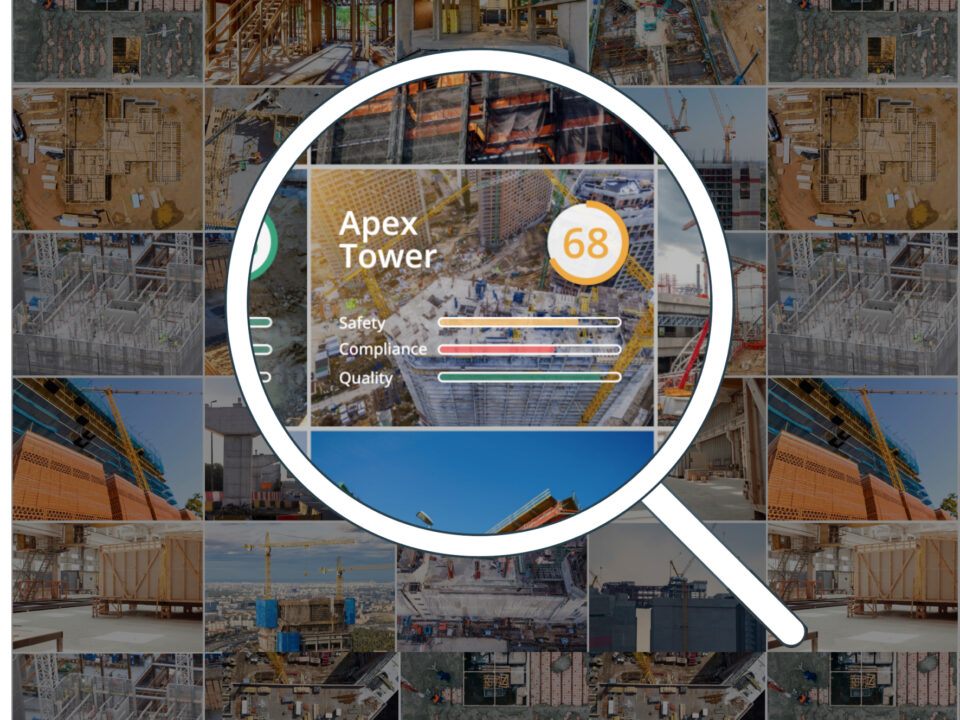DOCUMENT MANAGEMENT
Set your next project up for success with best practice document management
Implementing an intelligent, connected document management system is essential for achieving effective project oversight, delivery and cost reduction
Jeremy Cox | Updated on 11 February 2023

Coffee-stained paper tornadoes or digital Nirvana?
While the era of paper-based processes is becoming a distant memory, digital transformation across the design and construction industry is still noticeably protracted. The transition from coffee-stained paper tornadoes towards a smartphone-compatible, digital Nirvana is has proved more challenging due to the myriad of software options on the market, wildly varied pricing, and the stickiness of old habits.
Is this all too familiar?
Working between the tornado and Nirvana, a contractor, developer or PM may find themselves hunting down the latest version of a regulated design that’s required for submission. The file has been found in the company’s database, there’s a printed version in a folder, it has also been saved in a colleague’s work email, and on a USB stick. Someone said it’s already been submitted - has it? Who submitted it and which file? All the files have the same name but are different versions… Which is the latest version? Who’s to know?
Avoid the avoidable
In an industry that requires the coordination of multiple stakeholders who all rely on the same files for the construction of multi-million dollar projects, transitioning to a centralised document management system should be first priority to avoid the above s##t show. Understanding what you need, and knowing what to look for in a document management system is the first step (Here's a checklist).
Why transition to a digital document management and control system?
Construction projects produce a large volume of documents across the project lifecycle and strategic management of files is critical to delivery of the project on time and on budget. Most construction companies who haven’t transitioned to a dedicated document management system are between the tornado and Nirvana; they're using a combination of paper and digital processes, e.g. excel spreadsheets, a document register system, emails, and a couple standalone apps.
Spreadsheets and standalone applications come with hidden costs - and it’s more than you think
While a spreadsheet based document management system may have helped get your business off the ground for low cost, it’s not long before the limitations of the system will slow your momentum and start costing your organisation more money. Consider reduced productivity, delays sharing information, more communication errors, rework, and cost overruns.
Using systems that are not fit for purpose
Given that construction projects require the involvement and coordination of multiple teams and stakeholders, enabling access to the right people and the right files becomes a major juggling act if you don't have a system designed for managing complex collaboration.
Even simple actions like providing project or document updates, and sending notifications or new tasks to teams should be automated and seamless. But more often than not it requires use of multiple programs, scanning or documents, uploads and email correspondence.
The culmination of ineffective project communications is costly rework
Managing multiple systems increases administration time, prevents the ability to track document changes and monitor progress, and hinders inter-operational transparency.
Most critical is that disconnected systems lack synchronisation and result in 'data silos' which reduce overall project visibility and prevent teams and organisations from gaining valuable operational insights.
Data silos also increase the risk of document duplication, overwrites and multiple versions of the ‘truth’ leading to miscommunication, errors and the greatest sin of all - rework.
In a study of over 19,000 rework events that occurred across 346 construction projects, researchers found that a contractor’s average yearly profit reduced by 28%, and 0.45% of the total rework events accounted for a staggering 34% of the total costs that were incurred for the project overall.
A document control and document management system that ensures all information is categorised, organised, approved, up-to-date and easily accessible to stakeholders will help avoid rework, reduce costs and deliver a greater ROI to the business at both an organisation and project level.
Increase accountability, transparency, and real-time access to project information with Simpel Essentials - a unified solution to document management and control
Together, a document control and document management system empowers a project team to establish the rules which govern how things like: workflows, filing systems, notifications, review processes, role based sharing and access permissions are implemented in order to establish a document’s legitimacy and currency; and thereby, trust in its use (and filed location!).
Achieving this level of collaboration and efficiency facilitates project coordination, issue resolution, minimises delays, lower costs and avoids rework, as well as supporting and disputing claims.
Role based security and permissions
Manage project security and protect your documents by assigning permissions only to those who need it, rather than assigning permissions on a document to document basis, security can be ‘role’ OR ‘project’ based. Access permissioning also extends to external project members who you invite to your team to enhance collaboration and speed up shared tasks and workflows. Role based security and permissions enables the central project team to maintain consistent controls, governance and visibility over access, revisions, approvals and delivery of documents, drawings and information from one project to the next.
Establish standardised document handling practises to streamline operations
Locking in an agreed document management framework increases consistency by removing guesswork and personal opinions as to how a document should be named, stored, handled or shared. End of discussion.
Simpel’s document management module helps your team to lay down the rules governing how all documents will be managed both internally and by invited users. Standardised workflows ultimately benefit the wider team by saving time and preventing duplication and errors e.g., establishing a rule based file naming convention and number coding system will both simplify searchability and ensure reliable tracking of documentation for the life of the project.
Central, cloud-based document storage with real-time synchronisation of files
As completion of construction projects involves a continuous flow of dynamic documents and resources, real -time access to a central and dependable repository of information assets is key to ensuring momentum and productivity are maintained.
Real-time synchronisation and centralised storage of documents in the cloud helps prevent duplication, overwrites and multiple versions which in turn reduces the risk of errors and time spent in administration. It also establishes trust in documents as being the ‘source of truth’, and forms the foundation upon which everyone can depend upon to find project documentation.
Document audit trail
Simpel’s document management system creates a time-stamped chain of custody which provides project teams with clear, top-down visibility over who has viewed, edited, uploaded or accessed documents at any time in the project. This audit trail also tracks the evolution of a document through version management, ensuring the current version is identified as such, but previous versions are also retained in case they are required at a later date.
Access to documents in the cloud = anytime, anywhere, and from ANY device
Using Simpel’s centralised repository of documents ensures files are accessible and visible by everyone in the project team at any time. This increases day to day accountability and eliminates a host of delays associated with stakeholders not having access to the latest work order, drawing, RFI or schedule they need to complete the work. It also frees up your project teams to do other work, and empowers contractors and subcontractors to reliably search and find shared files through their own device, without the need for project team involvement.
Utilise automation and workflows to increase productivity and reduce manual processing
Simpel’s document management and control system increases productivity by sending notifications and tracking read receipts, as well as document opens, revisions and updates; all of which increase a project team’s ability to execute ordinary tasks quickly while maintaining full transparency over project documentation.
When it comes to document revisions or approvals, setting up an automated workflow to establish clear sign off protocols with agreed stakeholders ensures that new or updated documents are reviewed by the right people before the documents are released to the wider team. Automation reduces the administrative burden associated with managing this process and negates the need to time stamp documents and revisions as the workflow progresses.
Onsite communication of documentation using QR documents - without the need to log in
Simpel’s innovative QR DOCS functionality closes the information gap between the office and workers onsite by providing frictionless access to essential documents for anyone with a smartphone or tablet. A quick scan of a QR code opens up linked documents, enabling quick access to the latest schedules, drawings or EOT variations without the need to be logged in to the system.
QR Docs are perfect for sharing safety information, plans and schedules with workers or visitors who don’t have a Simpel account. Linked QR documents can be updated from the office, saving additional visits to the site and ensuring everyone on the team has access to the most recent document version when they need it
Long term storage of documents
Speaking of requiring a document at a later date, Simpel’s systems allows you to retain an easily searchable record of all archived documents and projects in the event of arbitration or litigation. As a client of Simpel, your project files are stored for a minimum of 7 years and can also be exported to other searchable formats when you require them.
-- THE END --
or the beginning of your digital Nirvana?
You’ve made it to the end of a long article on document management and control - it’s a dry topic but a critical component in your business operations that’s worth setting up right. Maybe you’re ready for the transition. To learn more about how Simpel can help you get this side of your business sorted once and for all book a demo today.
Alternatively, go to Simpel Essentials modules to view screenshots and read more about Simpel’s functionality.
Reference
Peter E. D. Love, Jim Smith, Fran Ackermann, Zahir Irani & Pauline Teo (2018) The costs of rework: insights from construction and opportunities for learning, Production Planning & Control, 29:13, 1082-1095, DOI: 10.1080/09537287.2018.1513177
Streamline your project operations with an intelligent document management system
Find out how Simpel Essentials can help you increase accessibility, accountability, and transparency across your project operations









